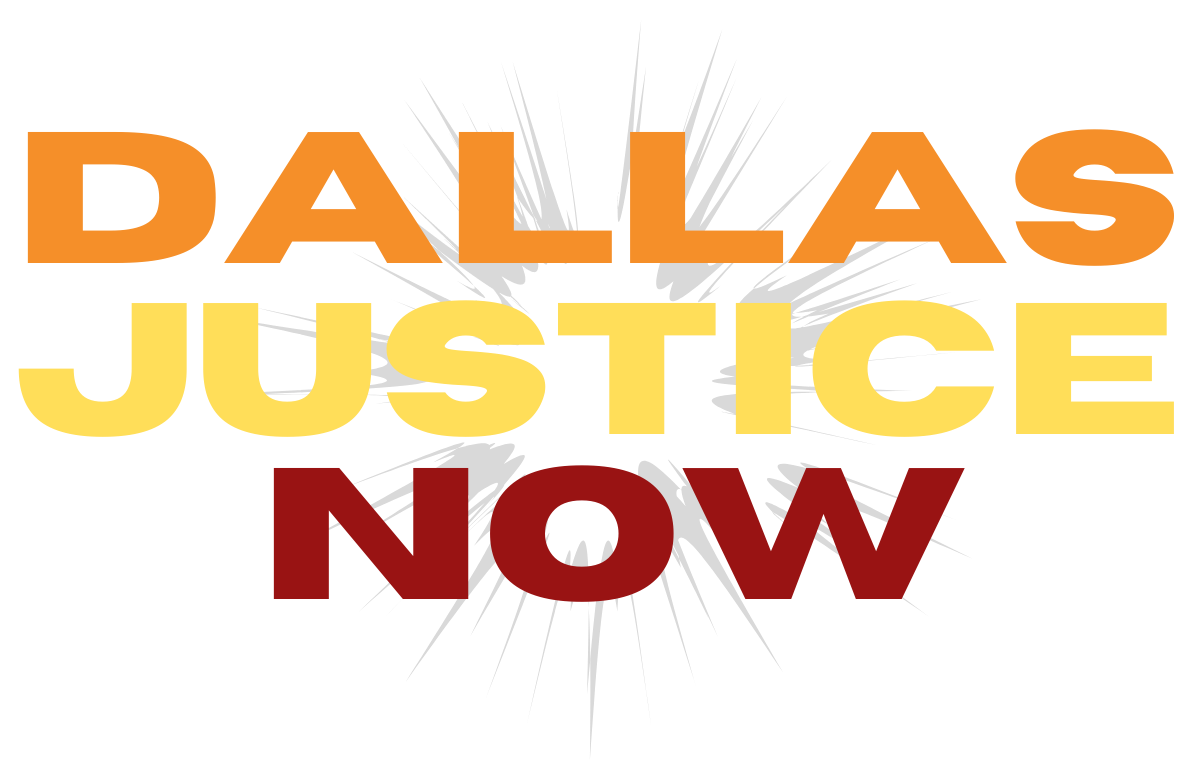Civil Rights Activists
Dr. King and Rosa parks are both an important part of the Civil Rights Movement, but they did not act alone nor were they the only ones acting.
Representation matters in every facet for BIPOC and knowing other Black names and stories is also key in empowering future freedom, justice and civil rights for all.
Here are some other key players from this period in history:
1. Ida B. Wells (1862-1930) was born to slaves and became an educator, journalist, and co-founder of the NAACP. When she was a teenager, her parents died of yellow fever, and she fought to keep her younger siblings together and care for them. She became a teacher in a segregated school at 16, and spread the word about terrible conditions and inadequate resources for black students. In 1891, three of her friends in Memphis who’d opened a grocery store that took black customers away from the established white grocery were lynched. (Their shop had been attacked by white vandals, and they fought back and shot several … but they were murdered in jail before they had a trial.) That sparked her desire to research lynchings; she found that contrary to what white newspapers said, lynchings weren’t prompted by the rapes of white women. They were more commonly a response to public drunkenness, economic competition with whites, and displaying attitudes and behavior that whites perceived as uppity. Also, Wells found, lynchings were more common in years of financial hardship, when cotton was less profitable. White newspaper editors were furious at her for her reporting. One wrote, “The fact that a black scoundrel is allowed to live … is a volume of evidence as to the wonderful patience of Southern whites. But we have had enough of it.” In the face of such threats to her life, Wells said, “I felt that one had better die fighting against injustice than to die like a dog or a rat in a trap.” A book about her to share with kids from 8 to 12: Ida B. Wells: Let the Truth Be Told by Walter Dean Myers (the winner of two Newbery Medals and five Coretta Scott King Awards), illustrated by Bonnie Christenson. The book uses lots of quotes from Wells herself, and the watercolor illustrations are powerful.
2. John Lewis (1940-2020) is a legend, and was the last living keynote speaker at the 1963 March on Washington. He grew up in rural Alabama, met Martin Luther King Jr., became involved in student activism, and was the youngest speaker at the March on Washington. In 1965, at 25, he was beaten into unconsciousness by white cops and state troopers on the Edmund Pettus Bridge during the march from Selma to Montgomery. “I gave a little blood on that bridge,” he said. “I thought I saw death.” But as white Americans watched police gassing and smashing the skulls of nonviolent protestors, the arc of history began to bend toward justice. You can talk to kids about how Lewis was still fighting to his last day—he represented Georgia in the House of Representatives, and last year he led a sit-in on the House floor after Sen. Chris Murphy spearheaded a 15-hour filibuster in favor of common-sense gun control. Lewis was in the vanguard of the fight against the confirmation of Jeff Sessions—who has been charged with racism for much of his career—as attorney general.
3. Ruby Bridges (1954-) was the first black child to desegregate the New Orleans public schools. The very youngest children will understand how scary this must have been for a 6-year-old, and how brave she was. Her book, Through My Eyes will resonate with kids 7 and up, and beginning readers (5 and up) will appreciate The Story of Ruby Bridges by Robert Coles, with gentle watercolor illustrations by George Ford. Because white parents wouldn’t let their kids learn with Ruby, she had one-on-one lessons with a young teacher. Parents can talk about why most schools (including their own kids,’ probably) are still so segregated, and what Americans can do to change that.
(Thank you https://www.tabletmag.com/sections/community/articles/seven-civil-rights-heroes)
